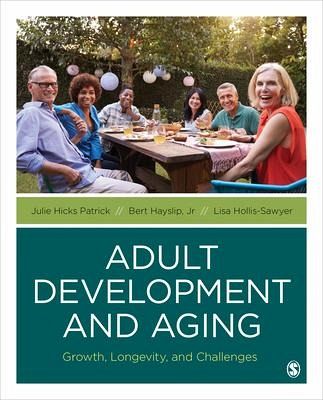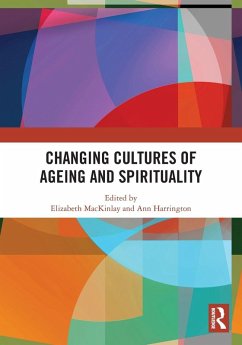Nicht lieferbar

Adult Development and Aging
Growth, Longevity, and Challenges
Versandkostenfrei!
Nicht lieferbar
Topically organized, Adult Development and Aging: Growth, Longevity and Challenges provides students with a comprehensive understanding of the aging process in adulthood from multiple perspectives.






